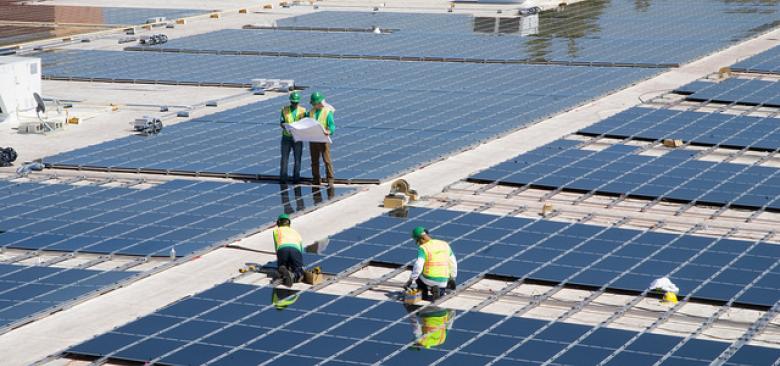Pakistan did realize the potential of Alternate Energies quite early and National Institute of Silicon Technology (NIST) was formed in 1981 to conduct research in the area of Solar Energy. Later on Pakistan Council for Appropriate Technology (PCAT) was formed in 1985. These two organizations were merged together under the umbrella of Pakistan Council of Renewable Energy Technologies (PCRET) in 2001. The government of Pakistan also formed the Alternate Energy Development Board (AEDB) in 2003. Although these organizations have been working in the Alternate Energy sector for more than 30 years but there are not many achievements to be proud of. Some pilot projects have been initiated by PCRET and AEDB in remote parts of the country but there is no holistic approach to overcome the energy crisis besetting the country (one interesting initiative that has been taken by the Government of Pakistan in recent times is the Quaid-e-Azam Solar Park in Bahawalpur).
One interesting initiative undertaken by PCRET is the indigenous development of 3rd Generation Solar Cells using Nanotechnology. However, the Solar Cells developed using this technique have very low efficiency (around 1%) as compared to international standards (around 10%). Nonetheless, this is an important step towards indigenous development and it is hoped that the efficiency of these Solar Cells can be improved with time so that they are of some practical use. Some of the products developed by PCRET in the area of Solar Thermal are Solar Desalination Plant, Solar Water Heater, Solar Cooker and Dehydrator.
As per PCRET website the total installed capacities of various Alternate Energy technologies in Pakistan are:
1. Installed 538 Microhydel Power Plants (5-50 KW capacity) with total capacity of 7.8 MW, 70,000 houses electrified.
2. Installed 155 small wind turbines (0.5 KW to 10 KW) with total capacity of 161 KW in Sindh and Balochistan, electrifying 1560 houses and 9-coast guard check posts.
3. Installed 300 Solar PV systems with total capacity of 100 KW electrifying 500 houses, mosques, schools and street lights.
4. Installed 4000 Biogas Plants (size 3&5M3/day, producing 18000 M3/day).
5. Developed 6-models of efficient smokeless cook stoves for cooking and space boiler rental.
6. 100,000 mud stoves have been built in rural houses; saving 36500 tons of fuel wood per year.
7. Installed 21 solar dryers with total capacity of processing 5230 Kg of fruit per day.


